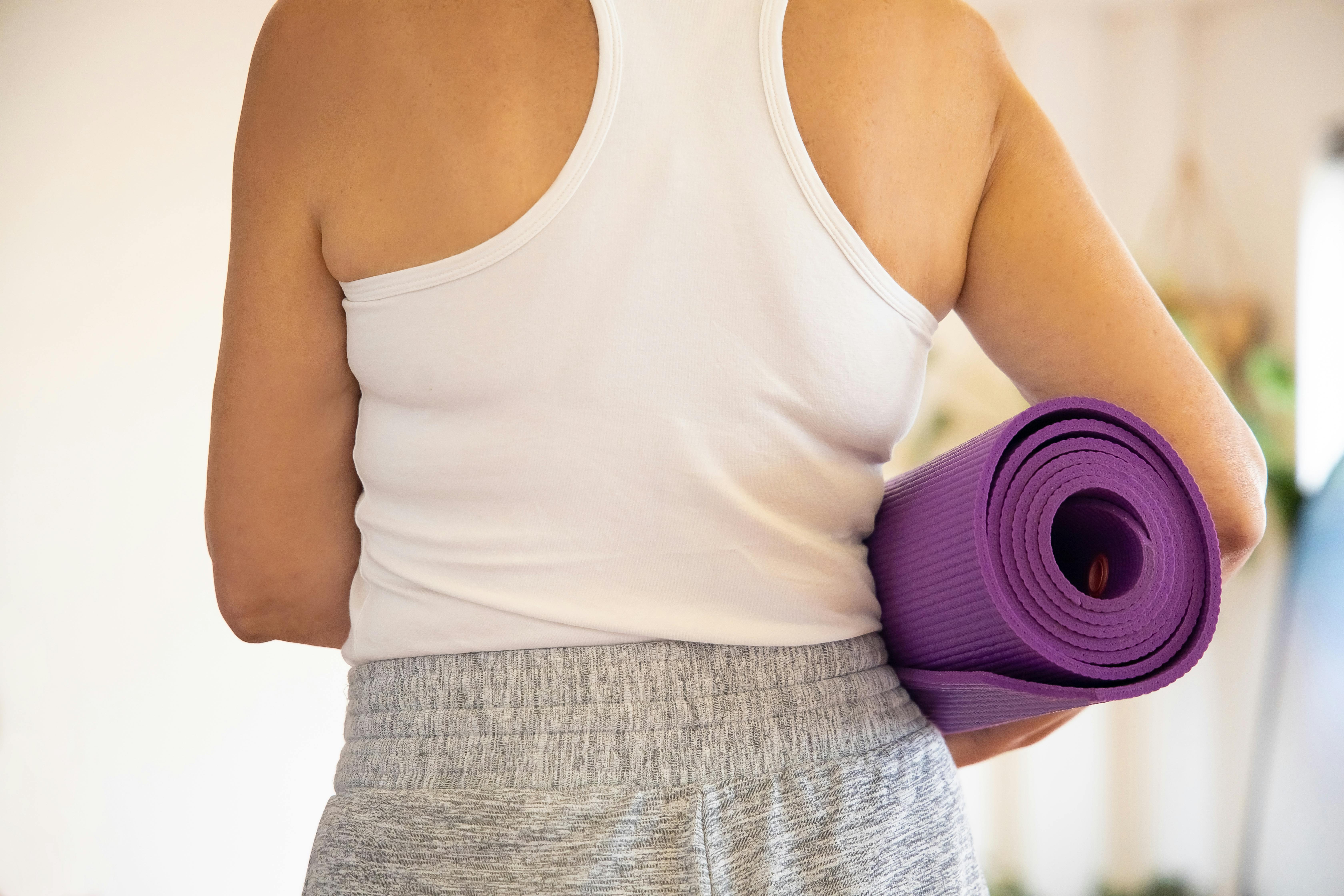
Gout: how to control it: diet management in gout
admin
- 0
The three main goals of gout management are:
(i) rapid relief from the inflammatory condition,
(ii) to stop recurring attacks, and
(iii) reduce the rate of uric acid crystal deposition in the joints and increase the rate of excretion through urine.
Dietary management in gout
In this disease, although some pain relief can be achieved by temporarily excreting uric acid from the body with medications, complete cure is not possible. Only by restricting your diet, that is, by proper control of your diet, can you get relief from gout. The main condition of this diet control is to have only foods without purine. But you can also eat foods that contain a much lower amount of purine. If the amount of daily purine intake can be restricted to 100 – 150 mg, the symptoms of gout and hyperuricemia will be considerably less. The following chart shows the level of purine in different types of food:
Maximum purine level (150 – 825 mg / 100 g) – should be avoided completely:
Liver, kidney, red meat, seafood, herring, sardine, meat extract, sauce, broth, minced meat, sweet bread, soy, rajma, lentils, alcoholic beverages (especially beer and wine).
Purine level medium (50 – 150 mg / 100 g) – can be taken occasionally:
Whole wheat bread, spinach, cereals, cauliflower, peas, mushrooms, asparagus, oats, wheat germ and bran, chicken, freshwater fish.
Minimum level of purine (0 – 50 mg / 100 g): can be taken in abundance:
Tea, coffee, soft drinks, refined cereals, egg, cheese, milk, nuts, cream soup, macaroni / noodles, fruit and fruit juices, vegetables, butter, vegetable oil.
Food policy in flavor
Since carbohydrate food is very helpful in increasing the amount of urate excretion, therefore, 50 to 55% of the total caloric content of the diet of any gout patient should come from carbohydrate foods. The amount of protein intake should be limited to 1 g / kg of ideal body weight. The amount of fat that is ingested should also be controlled. Only 30% of your total calories should come from fat. The amount of cholesterol, however, should not exceed 300 mg / day.
Generally, most of those who suffer from gout or hyperuricemia also suffer from the problem of obesity. So to keep the disease under control, you need to keep your body weight under control. To do this, you need to reduce your daily calorie requirement between 400 and 500 calories.
In addition to these, it can be seen that there are adequate amounts of vitamin A, vitamin E, vitamin D, calcium, potassium, and phosphorus in the daily diet chart. It is necessary to control the level of uric acid in the blood and eradicate the possibility of kidney stones. You need to drink at least 3-4 liters of water a day. In this case, vegetables, fruit juices, milk and dairy products are very useful.
Foods that can be ingested in gout
* cereals and refined cereal products, corn flakes, bread, flour, arrowroot, sago, suji, tapioca, noodles, rice, rice flour, etc. – 150 – 250 g
* milk, dairy products, cheese, paneer
* egg (1st.), linfish / flaxseed (30 g, 3-5 times / week)
* potato, carrot, garlic, onion, cabbage, pumpkin, pepper, pumpkin, etc.
* guava, tomato, amla, cucumber, melon, papaya, apple
* vest, sweets, dessert, pudding
* butter, vegetable oil, olive oil (10 – 30 g / day)
* tea, coffee, cocoa, fruit juice, vegetable juice, pure drinking water.
But if the taste condition is too severe, in addition to avoiding foods containing high or medium purines, eggs, butter, cheese, and potato chips should also be avoided.
Do tea and coffee increase uric acid level?
Many people think that tea and coffee should be avoided entirely in gout, as they both contain purine. But in reality, the purine present in tea or coffee does not harm gout. Because tea or coffee contains methylated purine, which is converted to methyluric acid. It is not deposited in the body, but is excreted through urine.
A sample diet chart to control gout
Breakfast:
* breakfast cereal / bread + jam / butter
* apple pudding
* Tea coffee
Before noon:
* cucumber + orange juice
Lunch:
* rice / chapati
* vegetable (potato and pumpkin curry or pumpkin curry)
* small fish / paneer
* white curd
Tiffin:
* mixed fruit salad
Dinner:
* vegetable pulao
* cucumber + tomato salad
* pudding / custard
This is a sample diet chart. But taking into account the individual health condition, age, body weight, height and ability to work, for the actual diet chart, it is necessary to consult a specialist.
Precautions
It is very dangerous to fast completely to lose weight in gout, since due to fasting the fat deposited in the body begins to break down, which creates pressure on the liver. In addition, the nucleic acid of the cell breaks down and increases the level of uric acid in the blood. Due to the higher rate of fat metabolism, the chance of a serious gout condition is greatly increased. Apart from these, the level of lactic acid in the blood can increase and further complicate the condition. It is also essential to always monitor your blood sugar level.

